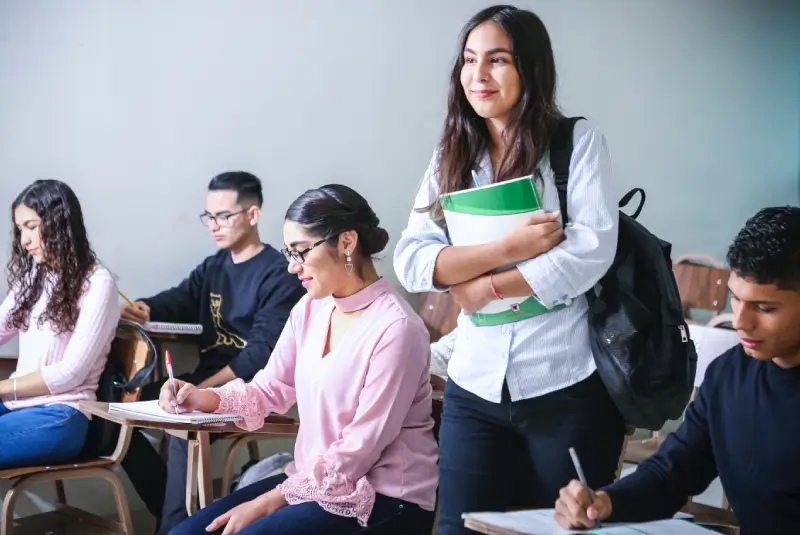Table of Contents
- US Immigration Advice
- Visa Assessment
- US Non-Immigrant Visa Assistance
- US Immigrant Visa Assistance
- FAQ - Frequently Asked Questions
- Immigrant and Non-Immigrant Visas for the US
US Immigration Advice
Contact our US Immigration Attorneys for expert and professional consultations regarding your Non-Immigrant or Immigrant visa! We assist with guidance regarding documents, assistance with US Consulate Interview preparation application and application form completion.
Visa Assessment
Get a Free Visa or Immigration Assessment to check your eligibility for a US Visa! Call or email our US Attorney's today or fill in our website Form for a quick reply!
US Non-Immigrant Visa Assistance
Specialist help with US Non-Immigrant or Temporary visas, including: B-1 Business Visitor visa, B-2 Visitor visa, E-3 Specialty Work visa for Australian professionals, H-1B Specialty Occupation Work visa, J-1 Exchange Visitor Program Visa for Interns or Trainees, F-1 Student visa for the US or M-1 Vocational visa, O-1 Extraordinary Ability visa, E-1 Treaty Trader visa to work in the US and engage in Trade and the E-2 Treaty Investors visa.
US Immigrant Visa Assistance
Expert and highly experienced US Immigration Lawyers can consult regarding Visa applications for US Permanent residence (Green card) visas listed below. Note that the popular US Immigrant visas, which we assist and advise are: EB-5 Immigrant Investor Program for a US Green card through investment in a Regional Center USCIS approved Project.
FAQ - Frequently Asked Questions
Who helps me with a US visa?
Our Visa consultants at VisaConnect can quickly check your US visa eligibility and request additional documents. We can also arrange a free email assessment with our US Immigration Attorneys or a detailed Zoom Video Consultation.
How do I contact USCIS for a visa?
Your US Attorney can complete your application forms and submit or file your application to the USCIS or US Consulate and keep you informed of progress.
What is the J-1 visa application?
The J-1 visa is an Exchange Program or Internship, where you work at a US company, which is part of the Program, and can receive a salary or the work can be voluntary.
I am an Australian citizen, can I get a Work visa for the US?
Yes, you can apply for the E-3 Specialty Work visa, which is for Australian citizens, who have specialist skills and work experience and a US job offer.
For the B-1 Business or B-2 Visitor visa, do I need to go to an Interview?
Yes, you would need to go to the US Consulate for an Interview and take in your documents and application form. Our US Attorneys can assist with Interview practice and inform you about common questions and how to answer them effectively.
How do I find a Regional Center Project for the EB-5 Investor visa?
Our Consultants can introduce you to USCIS approved EB-5 Immigrant Investor projects and provide you with an initial Investor Suitability Questionnaire and then provide you with all the Project's Factsheets, Brochures, PPM and Application forms.
Immigrant and Non-Immigrant Visas for the US
Check out our web pages below for detailed eligibility criteria and the visa process for US Visas:

Assistance with Non-Immigrant, B-1 Business Visa or B-2 Visitor Visa.

Assistance with the O-1 Extraordinary Ability or Achievement Visa to workin the US.

Assistance with the E-3 Specialty Visa for Australian Professionals to work in the US.


Assistance with the J-1 Visa, Exchange Visitor Program for Intern or Trainee work in the US.

Assistance with the F-1 Student Visa or the M-1 Vocational visa to study in the US.

Assistance with the E-1 Treaty Trader Visa to work in the US and engage in international trade.

Assistance with the E-2 Visa for Treaty Investors to invest in US Enterprises.

Assistance with the EB-5 Immigrant Investor Program for Investors to get US Permanent residence.

